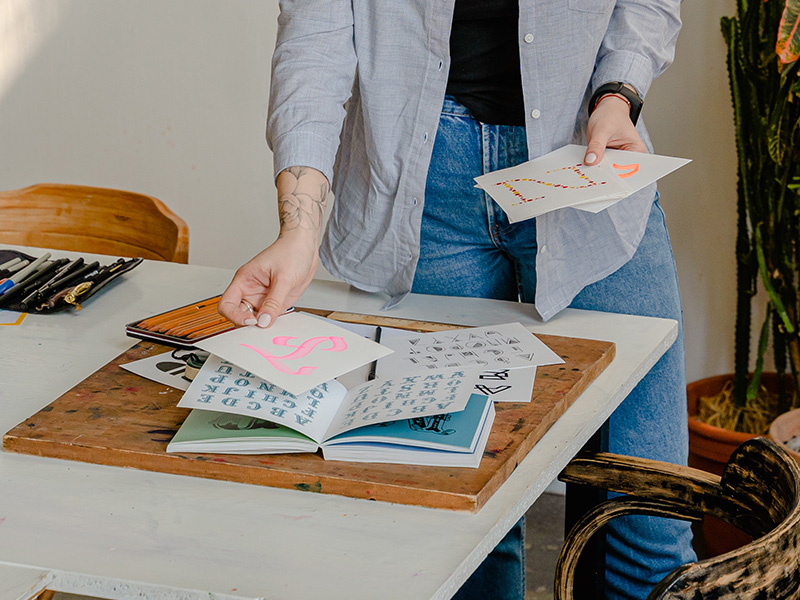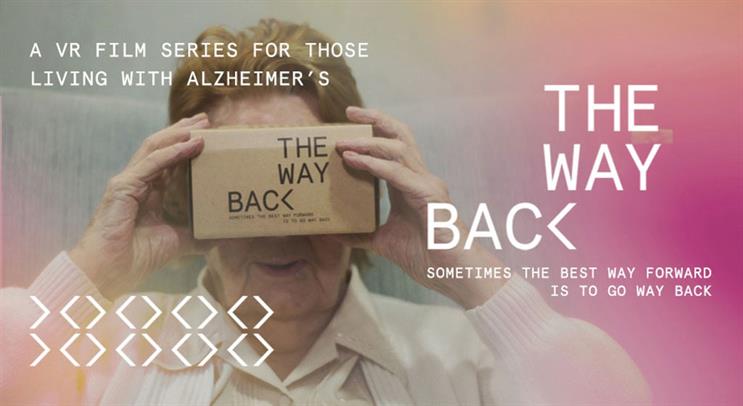
Designing for the Greater Good and Measuring Successes

Design with a Purpose
Designing for design’s sake is cool. Can be trendy, eye-catching and cool. Yet it can only do so much. As people are always seeking the latest ‘new’ thing, people will quickly get fed up of your creation. Which is why, a piece of design has to have purpose and meaning. It needs a takeaway which your target market can relate to and remember it by. Or in the case of product design, make use of time and time again.

In light of this argument, I looked at the case study in this week’s resources list. It was about a product called The Wayback – a virtual reality series designed for people living with dementia. The product makes use of smartphone and VR technology, and the idea behind this product is to make dementia patients relive lost memories and help others around them engage in better meaningful conversations. It is a very interesting and innovative product, and definitely has potential. Whilst reading about this product, it reminded me of a number of topics that we discussed in previous modules, including ‘designing for good positive change’ and benefits oof collaboration.
The role of a graphic designer has definitely changed over the course of the years. It is branching into service design and even into more scientific fields of profession, merging the boundaries of professions in the process. By no mean this is a bad thing, on the contrary. Expanding knowledge into other fields outside the creative industry will only improve the final outcomes of any given project. Just like the Bauhaus recognised the benefits of mass-production and power tools to help produce beautiful designs, similarly designers are now recognizing the importance of broadening their horizon of knowledge within the creative industry and beyond. This is particularly beneficial when it comes to self-initiated projects. The more knowledgeable you are in the subject you would like to tackle, the more likely the final outcome will be successful.
The Importance of ‘Context’
In addition to this, it is also important that a project has a “context”. The outcome should be an answer (not necessarily a solution) to a potential problem. Iterating back to the Wayback project and the topics discussed in the previous module regarding design for positive change, giving the project a context makes it more likely for people to react to it in a positive way. Giving the project a context will also make it easier to design the project itself. Identifying the problem and target audience are all good groundwork. By being able to answer these two crucial topics from the beginning of the project, it will save time in the testing and production phases, as you already have in mind who is your end user. IN the case of this Wayback project, it was old people living with dementia. Therefore, accessibility and ease of use was of imperative importance. Especially since the end users are not necessarily computer literate and in some case mobility is also limited.
Having a “context” for your project is also important when it comes to funding. These days there are crowd-funding platforms where one can seek random people to fund their project. However, in some cases, sponsors are required. In this case, the “context” can double as an ‘elevator-pitch’. An ‘elevator-pitch’ in the sense that in order to get someone to fund you project, your project needs to appeal to them. In an ideal scenario, make the potential sponsor or donators feel like they are contributing to the project. It may sound far-fetched, but it really works. There is a psychological aspect to it, really, but if you truly believe in your project and the benefits are clearly explained, I think funding will come one way or the other. Usually, in ideal scenarios, a prototype would be even better. As explained in one of the articles, the creators behind the Wayback project said that:
Initially, when we talked to people about making the film they were generally supportive, but without something to show, usually ended up saying, “yes, it’s a great idea, but we can’t help you,”. So we decided to try and crowdfund it ourselves and see what happened.
Measuring Success
Another important aspect of self-initiated projects is the documentation (and evaluation) of the project itself. This helps in measuring the level of success of a project in ‘quantifiable’ terms. It could be sticking to the proposed budget, reaching the desired milestones and meeting the projected deadlines. Depending on the answers to these questions, it serves as a learning experience for further projects. Through documentation you can identify the strengths and weaknesses of the project even during the production stage. An example of this can the realisation that a process is not an efficient as expected and can be changed in due time.
Evaluation, on the other hand, is done after the project is complete. When evaluating a project one can identify the successful parts and the parts were would need improvement. The latter is particularly beneficial for recurring projects, like publishing of magazines or annual events. Also, the ultimate question at this stage would be ‘was the issue addressed solved or at least improved upon?’. As the whole point of a project, no matter how fun and creative it is, is to satisfy the criteria you set up for yourself that initiated the project in the first place.





